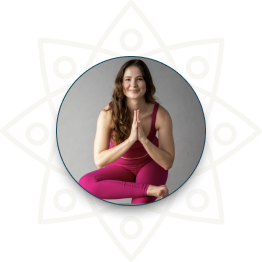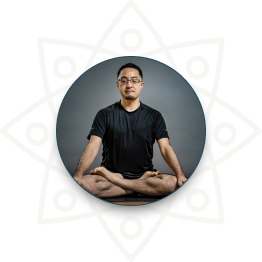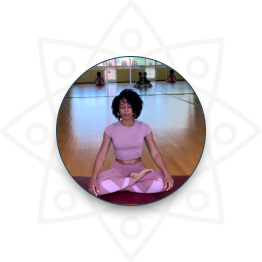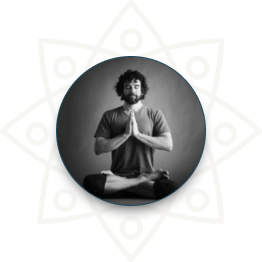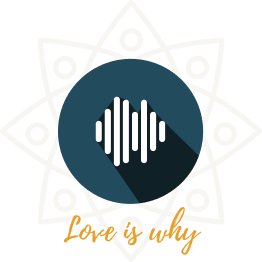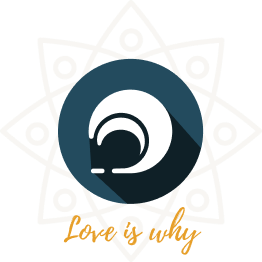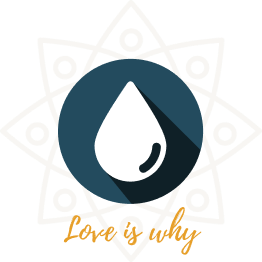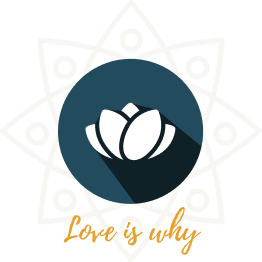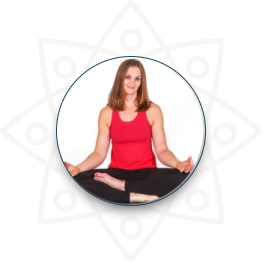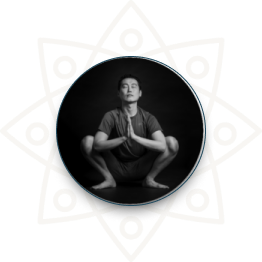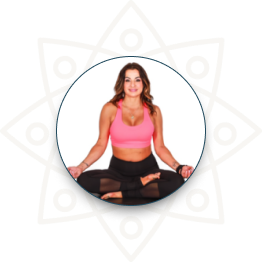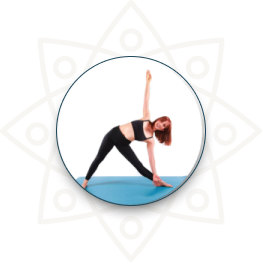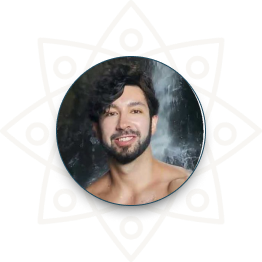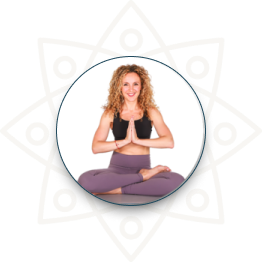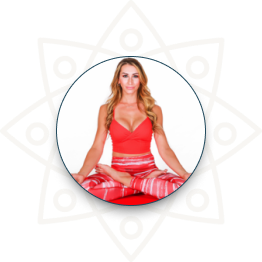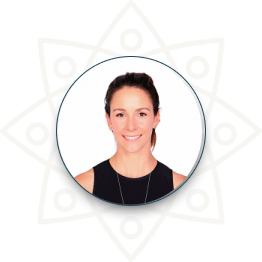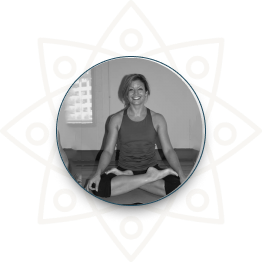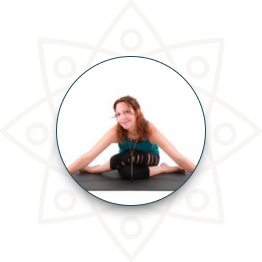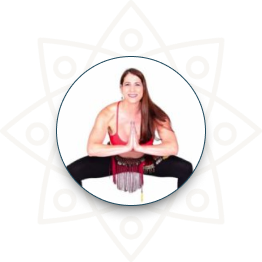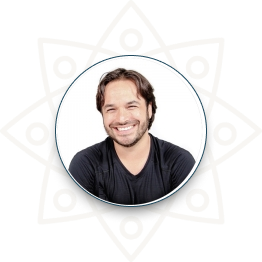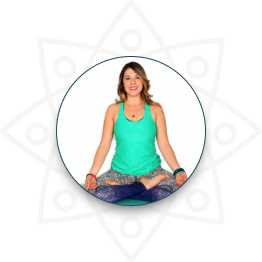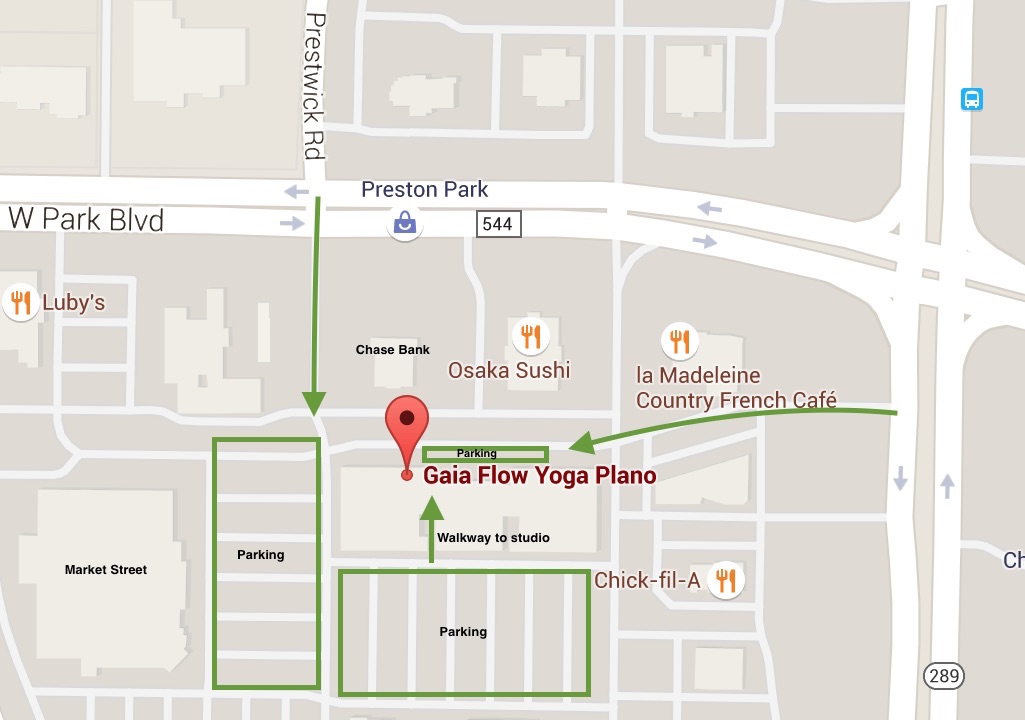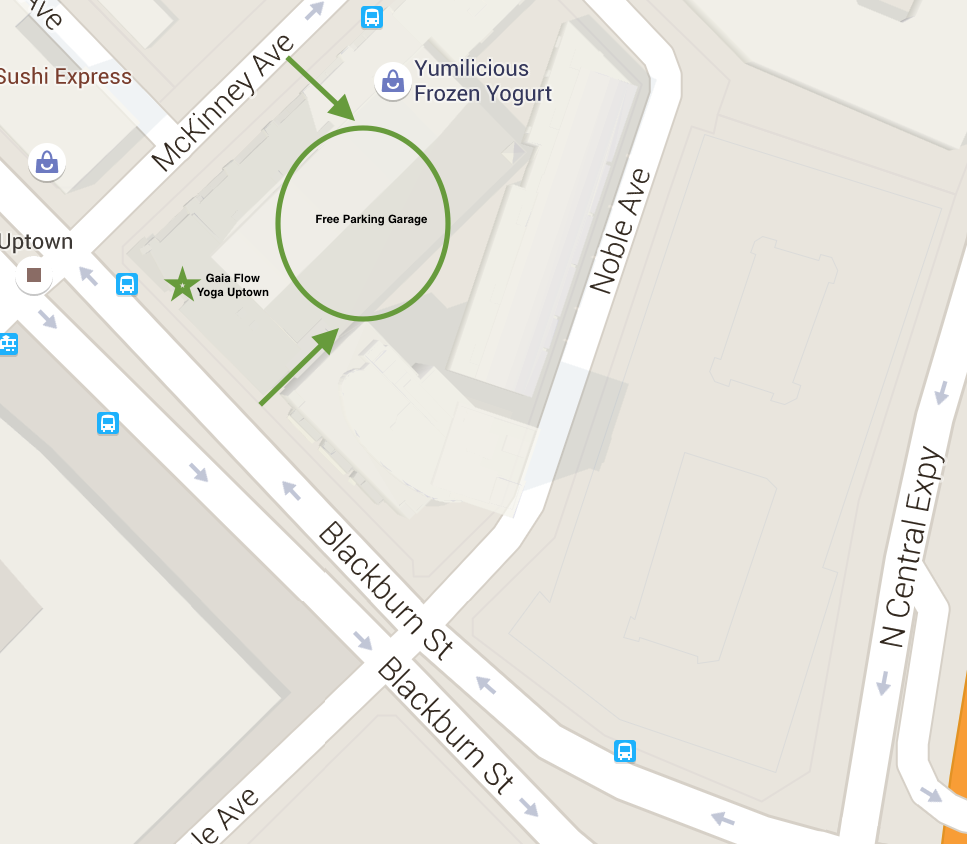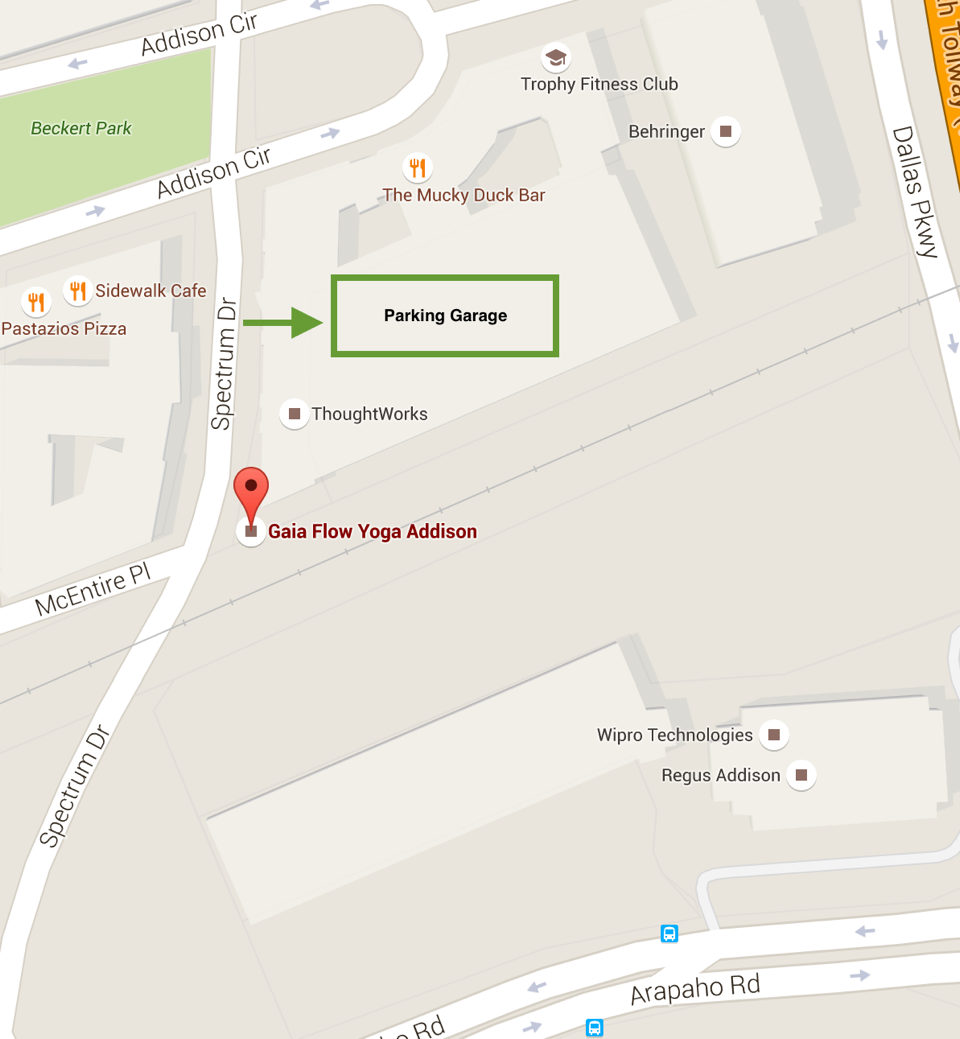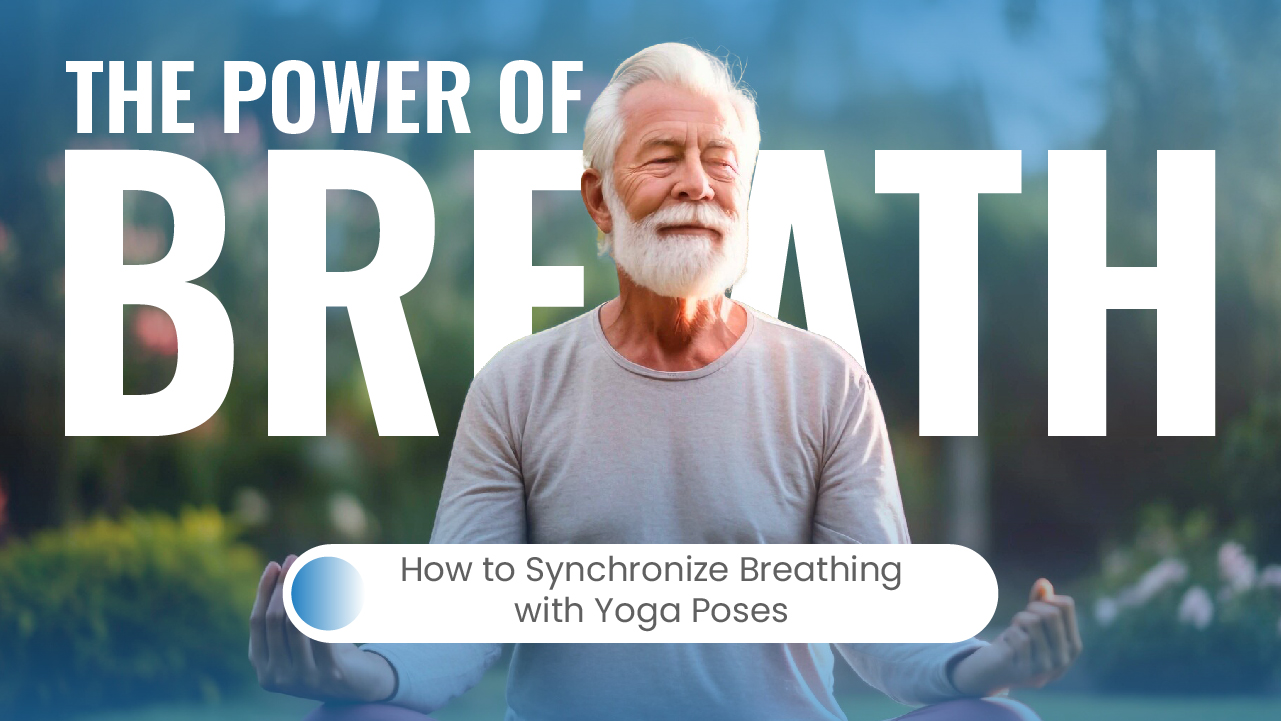
“Breath is the bridge which connects life to consciousness, which unites your body to your thoughts.” — Thich Nhat Hanh.
This quote by the revered Buddhist monk Thich Nhat Hanh beautifully encapsulates the essence of breathing in yoga. In the practice of yoga, breath is not merely a function of the body but a vital tool that enhances our awareness and deepens our practice. Synchronizing breath with movement transforms a sequence of postures into a fluid, meditative dance, guiding us into a state of balance and presence.
Whether you are a seasoned yogi or a curious beginner, understanding the role of breath in yoga will enrich your experience and deepen your connection with both your body and mind.
The Role of Breath in Yoga
Physiological Benefits: Breath is the foundation of life, and in yoga, its role is paramount. Controlled breathing, or pranayama, has profound physiological benefits. When you engage in deliberate breathwork, you improve oxygen flow throughout your body, which is essential for optimal function. Deep, rhythmic breathing enhances lung capacity, allowing for more efficient oxygen exchange and better oxygenation of your cells. This increased oxygen flow supports overall physical health, boosts energy levels, and aids in faster recovery from physical exertion.
Moreover, controlled breathing plays a crucial role in reducing stress. By activating the parasympathetic nervous system, deep breathing helps lower cortisol levels, the hormone associated with stress. This creates a calming effect, helping to manage anxiety and promote relaxation. As you focus on your breath, you signal your body to enter a state of equilibrium, counteracting the fight-or-flight response that often accompanies daily stress.
Mind-Body Connection: Breath awareness is a powerful tool for enhancing mindfulness and focus. When you consciously direct your attention to your breath, you anchor yourself in the present moment. This mindful awareness helps to quiet the mind, reducing the chatter of daily distractions and allowing you to fully engage in each yoga posture. By syncing your breath with your movements, you create a rhythmic flow that promotes mental clarity and a deeper connection to your practice.
This connection between breath and movement also fosters a greater sense of body awareness. As you become more attuned to how your breath influences your movements, you develop a heightened sensitivity to your body’s needs and limits. This awareness helps you make more informed adjustments in your practice, leading to improved alignment, stability, and overall effectiveness.
Energy Flow: In yoga, the concept of Prana, or vital energy, is central to the practice. Prana is believed to flow through the body’s energy channels or nadis and is fundamental to maintaining balance and health. Breathing techniques are designed to harness and regulate this vital energy, ensuring a smooth and harmonious flow throughout the body.
Proper breathing helps to stimulate and balance the flow of Prana, enhancing your vitality and overall sense of well-being. When you practice deep, mindful breathing, you facilitate the movement of energy, which can help clear blockages and promote a sense of inner harmony. This enhanced energy flow supports not only your physical performance but also your mental and emotional resilience, making your yoga practice a more enriching and holistic experience.
Synchronizing Breath with Movement
Synchronizing breath with movement in yoga creates a harmonious flow between your body and mind. Inhaling as you expand or lengthen and exhaling as you contract or settle helps to maintain a smooth, rhythmic practice. This alignment enhances both the physical effectiveness of each pose and your overall mindfulness.
Benefits of Synchronizing Breath and Movement
Enhanced Practice Flow: Synchronizing breath with movement creates a seamless and fluid yoga practice. When your breath and movements are in harmony, transitions between poses become smoother, reducing the effort needed to shift from one posture to another. This flow not only makes your practice more efficient but also enhances its overall effectiveness. By maintaining a rhythmic breath, you create a meditative state that allows you to move through your sequence with grace and ease.
Improved Posture and Alignment: Breathing in sync with your movements supports better posture and alignment. When you breathe deeply and mindfully, you engage your core muscles and maintain proper form throughout your practice. This alignment helps to distribute weight evenly and reduce strain on specific areas, lowering the risk of injury. For example, proper breathing can help you stabilize in challenging poses and keep your body balanced, leading to more effective and safer practice.
Increased Mental Clarity and Relaxation: The practice of aligning breath with movement also enhances mental clarity and relaxation. As you focus on your breath, you shift your attention away from daily distractions and enter a state of mindfulness. This mental focus reduces stress, calms the mind, and fosters a deeper sense of relaxation. The rhythmic nature of synchronized breathing helps to create a peaceful mental space, allowing you to experience a greater sense of calm and clarity.
Synchronizing breath and movement not only improves the physical aspects of your yoga practice but also enhances your mental well-being, making your practice both more effective and more enjoyable.
Incorporating Breath Awareness into Your Routine
To integrate breath awareness into your daily practice, start by dedicating a few minutes each day to mindful breathing. Before beginning your yoga session, take a moment to focus on slow, deep breaths, inhaling through your nose and exhaling fully. Practice this throughout your day—whether you’re sitting, walking, or doing any activity—to cultivate awareness. With time, breath control will become second nature, making it easier to apply during your yoga practice.
Breathing Exercises
- Ujjayi Breath: Deep nasal breathing with a soft throat constriction to maintain focus.
- 4-4-6-2 Breathing: Inhale for 4, hold for 4, exhale for 6, hold for 2 to establish rhythm.
- Alternate Nostril Breathing: Inhale and exhale alternately through each nostril to balance energy.
Guided Yoga Sequences
- Sun Salutations: Link each movement (reach, fold, extend) to your breath.
- Flowing Warrior: Transition between Warrior I, II, and III with inhale-exhale patterns.
- Cat-Cow Pose: Inhale into Cow Pose, exhale into Cat Pose for simple synchronization.
By incorporating these tips, exercises, and sequences into your routine, you’ll deepen your connection between breath and movement, enhancing both the physical and mental benefits of your yoga practice.
Synchronizing breath with movement is more than just a technique in yoga—it’s the key to unlocking a deeper, more mindful practice. By aligning your breath with each pose, you enhance not only your physical performance but also your mental clarity and inner calm. The benefits of this connection are vast, from smoother transitions and improved posture to reduced stress and greater relaxation.
Whether you’re new to yoga or a seasoned practitioner, focusing on your breath can elevate your practice, transforming it into a meditative and transformative experience. So, the next time you step onto your mat, let your breath guide you through the flow, bringing balance, awareness, and harmony to both your body and mind.

